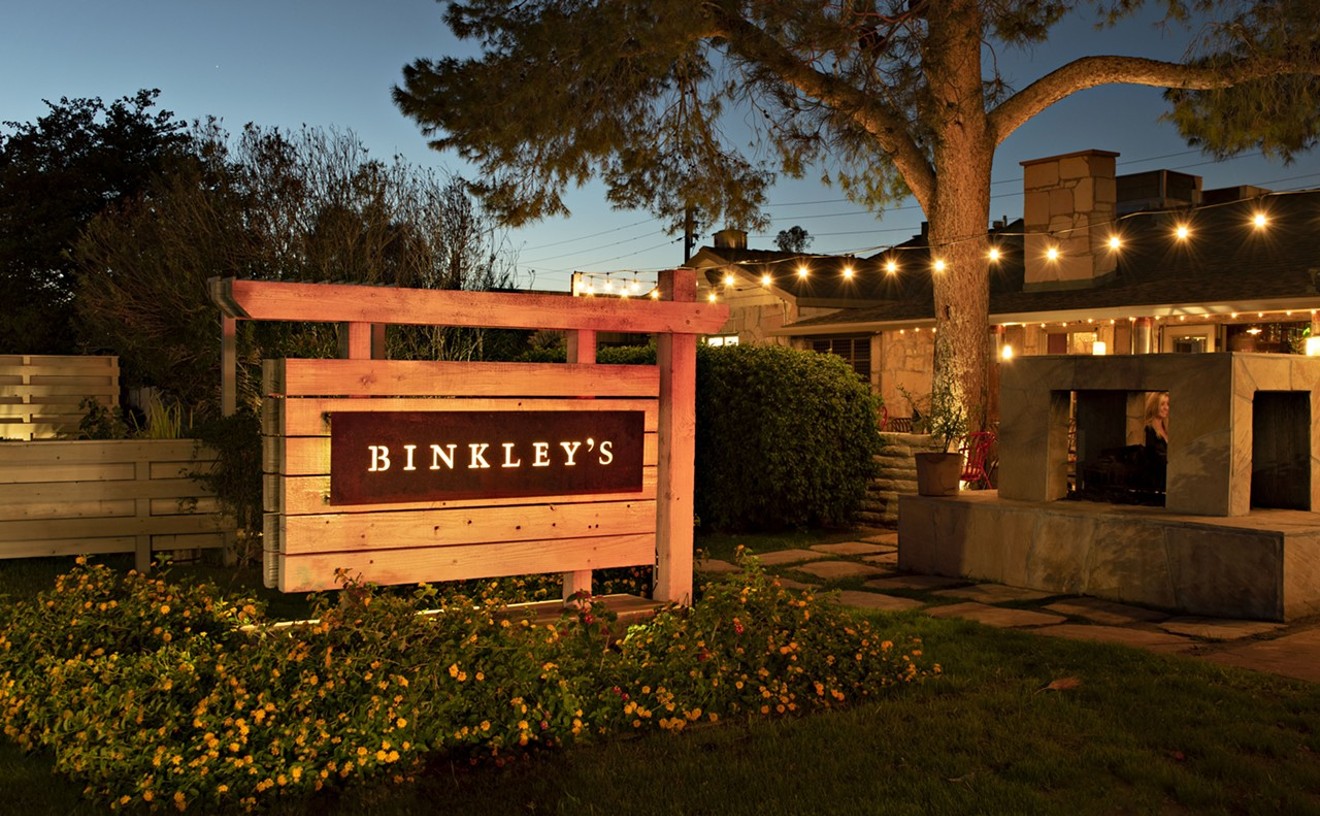So, we all know that growing your own food can be healthy and rewarding....but grinding your own cacao beans? Now that's delicious.
That's what Scottsdale's Beehive Chocolates is up to. Crafting homemade dark chocolate and raw Arizona honey into a bite-sized, mouth-watering confection. Owner Ian Horvath grinds cacao beans and carefully chooses his ingredients to make lovely "honey pots." From sorting the beans by hand to hand stamping the packaging, Horvath is a detail oriented owner. We spoke with him about his passion and the process. It's the tale of a candy man with visions of homemade goodness and his passion for bees, or "yellow and black nectar magicians," as Horvath calls them.
See also: 5 Food and Garden Products to Buy in Metro Phoenix This Spring
Horvath is working diligently to roll out additional chocolate products, but the idea for his signature chocolate came in a moment of inspiration at a grocery store. "I was in the bulk section and saw 'chocolate covered honeycomb' which I found to be misleading after I took a bite and tasted something which I didn't feel celebrated the essence of that sweet, golden nectar." says Horvath. "I wanted to be able to create and share my vision of 'chocolate covered honeycomb' with the world, so I set out the make it happen..... I had to do many experiments with the pairing of the chocolate and honey, since both are naturally sweet, and it took some time to strike the perfect balance."
Beehive grinds their own beans because Horvath couldn't find "the perfect chocolate." "Although we found several that met many of our standards, we ultimately found that the only way to achieve the perfect match to the honey we were using meant making our own chocolate." Yes he's picky, but it works. What about the honey? "Our honey comes from a local family owned apiary that places their hives in selective areas across Arizona to reduce the bee's contact with environmental hazards." This produces raw, unfiltered honey perfect for the honey pots.
Horvath and company are seriously into bees. Not just their honey, but bees. Drawn to bees since high school, Horvath comments "I was drawn in by their fastidious nature and it has resulted in a full-blown obsession, especially considering they are responsible for one-third of the food on our tables. The company donates 10% of our profits to bee-friendly foundations and sanctuaries like The Xerces Society and Spikenard Farm Honeybee Sanctuary.
But, back to the beans and chocolatier-ing. It's a long process from start to finish, because the Beehive Chocolates' operation takes the oldest chocolate making processes and adds in modern techniques. Which, in short, take a long time. (It's amazing that Horvath finds time to run the chocolate business and work a day job.)
"We first sort the cacao beans-- removing any that contain deformities. This is a critical process and one of the most time consuming because even a single off-flavor bean will taint the entire batch of chocolate," says Horvath. After sorting, the beans are roasted in small batches paying special attention to the temperature to make sure all of the harsh tannin has burned off.
Think that sounds intricate? That's just the beginning. First comes roasting, then grinding, then chocolate making. "Towards the end of the roasting cycle a bean is removed every 15 seconds to be cracked, checked for color, and taste tested. Once the desired taste is achieved in the cocoa nib, the batch is quickly removed from the roaster and spread on large sheets to cool." Now that the roasting process is done, the husk is removed from the cocoa nib by cracking and a process called "winnowing."
And, Horvath knows what he's doing. "Winnowing is an old agricultural practice that removes the lighter husk from the heavier cocoa nib by passing both through a current of air." The nib is then ready for grinding in a machine that heats them in order to liquefy the natural cocoa butter in the nib. The nib is ground into a very small size and result of this further process is cocoa liqueur. This final grinding is done is a granite stone grinder. "The cocoa liqueur, additional cocoa butter, and sugar are slowly ground anywhere from 24 to 36 hours in the machine!" says Horvath.
The chocolate is tempered and filled with honey. The final step is stamping each hexagon shaped chocolate honey pot with a sugar stamp of a bee. The chocolates come 5 to a box and sell for $5. They're available online, and in limited amounts at The Simple Farm. If you're local you can get free delivery with the purchase of five boxes.
Horvath hopes to grow the business, launching a new website soon and a new product. A "mouth-watering treat for the ultimate honeycomb lover: a large square of full honeycomb, wax and all, dipped in our 70% dark chocolate, made specially for those that want the full beehive experience."










